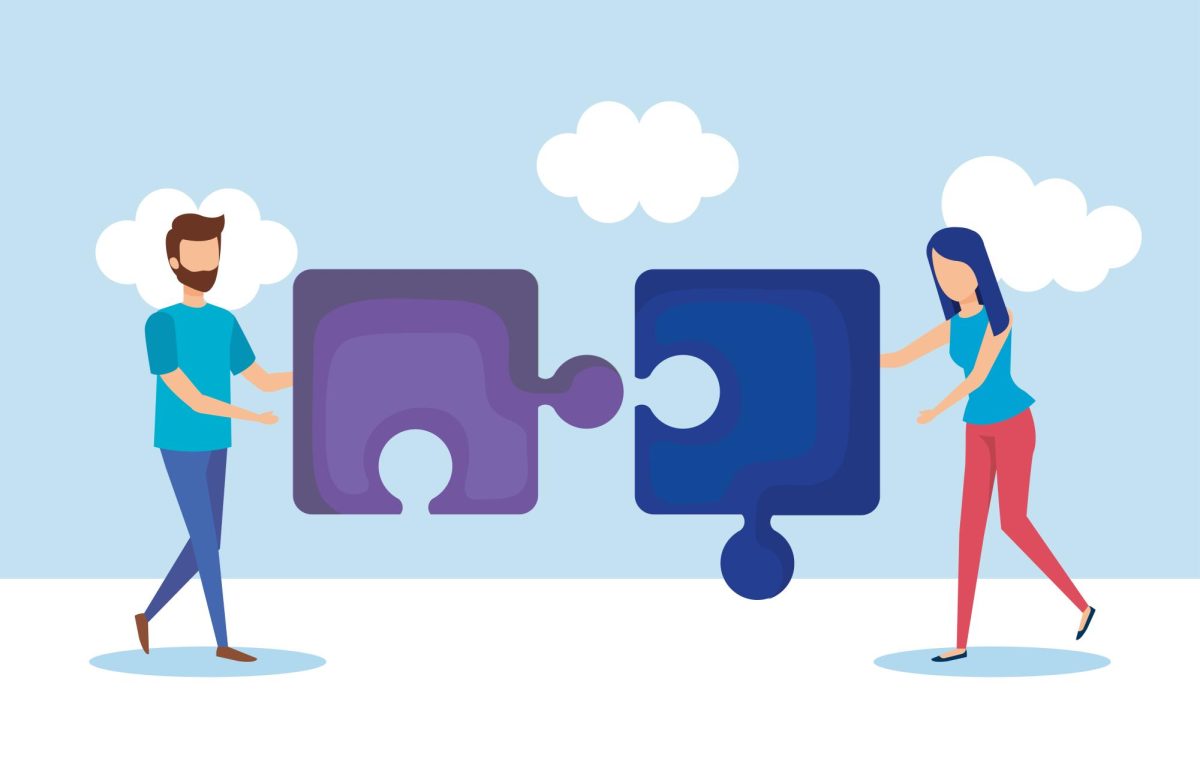We often find ourselves wondering, “Why do I get attached so easily.” We often find ourselves getting attached to people and things, whether that be friends, significant others, toys, blankets, or other items that might remind us of a special moment. But the question is, why?
Attachment is very important when it comes to human connection. There are four different forms of emotional attachments: secure attachment, anxious attachment, avoidant attachment, and disorganized attachment.
Secure attachment is one of the more common and healthier forms of emotional attachment. This happens when you build a bond with someone that you are able to feel comfortable with. Simply, you’re able to rely on them for your emotional or physical needs. This starts from childhood, having parents who are responsive, sensitive, available, and accepting of emotional reactions.
Anxious attachment is an insecure type of attachment; you’re constantly worried your partner will leave or will not be present when you need them most. This happens when a child can’t rely on their parents, not allowing them to develop a deep-set sense of security. As a result, they may become needy and clingy.
Avoidant attachment is another kind of insecure attachment. This is developed when a parent is incompetent to help their child with their feelings and rejects their demands. This causes the child to avoid the parent altogether. This can lead to you distancing yourself emotionally or physically and lead to rejection and loneliness.
Disorganized attachment is the less common kind of insecure attachment. This occurs when a parent often rejects, ridicules, and frightens their child causing them to feel scared when approaching their parent. This is “disorganized” because the strategy is disorganized causing aggression, confusion, and fear.
When needs for intimacy, companionship, validation, or other things are unfulfilled, we find someone who fulfills those needs when we often become attached, relying on them to fulfill our needs.
Attachment to objects comes in when it reminds us of important past events. They are valued as a source of comfort and security and are used to help manage stress and other complex emotions.
Attachment to objects could be because they see that item with human-like qualities and consider them a part of themselves. They begin to see it not just as something, but more like someone. Losing this object could feel like you lost a part of yourself or someone who is or was special to you.
For example, when you are younger you often receive items such as stuffed animals for your grandparents or other important family members. When a family member passes away you hold onto that stuffed animal as a memory of that person. If you lose the stuffed animal it’ll feel like you’ve completely lost that person.
Attachment is normal in humans. Whether it’s with a person, or with an item, attachment is how we find ways to become comfortable and express ourselves.

